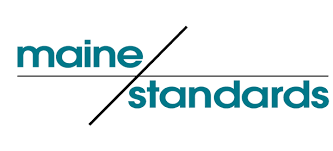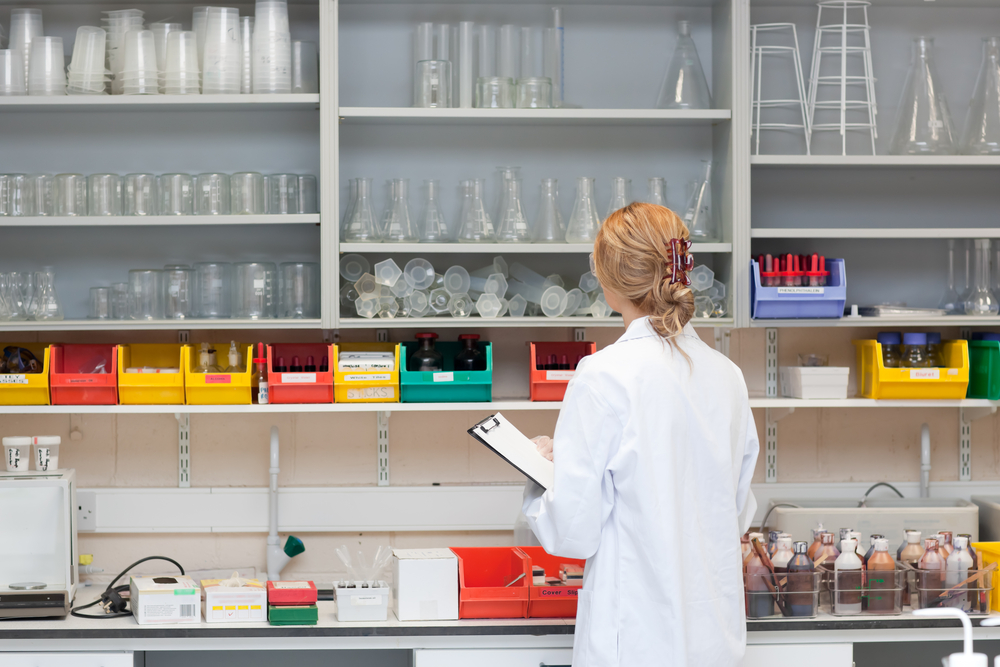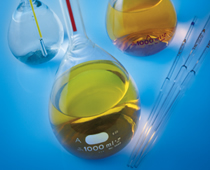The not-for-profit Clinical and Laboratory Standards Institute (CLSI) has been developing medical testing standards for our industry for more than 50 years. In the second edition of their EP06: Evaluation of Linearity of Quantitative Measurement Procedures, they offer manufacturers and users of quantitative measurement procedures a manageable way to validate and verify linearity interval as well as establish whether a quantitative measurement procedure meets medical requirements or the manufacturer’s linearity interval claims.
The latest procedures offer simpler methods for establishing and verifying the linearity interval and moves us to data analysis that relies on clinically acceptable deviations from linearity, rather than strict statistical criteria. This edition also includes improved graphics and extensive examples of linearity studies and linearity panel preparation schemes.
These are the EP06 2nd edition highlights:
- Advocates weight regression, when appropriate, using simple weighting schemes, which minimizes risk of failing by chance
- Emphasizes 1st order (straight line) regression, so 2nd and 3rd order regression are no longer required (developers may still find that analysis worthwhile)
- Relies on deviations of the data from a linear model (clinically acceptable vs clinically unacceptable to determine success)
- Emphasizes the importance of suitable visualization of the study data
- Stresses the significance of stating a performance claim
- Minimizes errors in test panel preparation and extends the discussion of dilution schemes
Focus on straight line to data
Labs need to verify the linearity claim when adopting a new measurement procedure, confirming the manufacturer’s performance claims or participating in an ongoing quality assurance program. It should only be done when the method was earlier shown to be linear (by the manufacturer or some other means).
The latest EP06 procedures cover criteria for assessing deviations from linearity (ADL), a critical step in verification, and the document notes, “the relevant trajectory is a straight line passing through zero and the measurement procedure’s samples results are directly proportional to the true amount of measurand in the sample.” Weighted linear regression analysis is recommended, because it further reduces the likelihood of failure due to chance, such as a random measurement error.
Linearity verification requires measuring five or six samples (in duplicate) with concentrations across the claimed linearity interval. The measurement results are compared with the sample-specific values predicted by the weighted regression analysis and ADL against accepted criterion. These samples generally come from the manufacturer of the laboratory’s measurement procedure, the laboratory itself (native patient samples or patient sample pools with concentrations appropriate for serving as HIGH and LOW samples) or a third party, typically a PT/EQA provider (samples intended for linearity testing with many measurement procedures).
Volumes should be enough for at least two measurements per sample. Limits to be verified for samples from the manufacturer or lab are measurement procedure specific. The interval to be verified from third party samples might be narrower than manufacturers’ linearity claims.
Alternatives when resources or samples are limited
There are alternative approaches that may be sufficient for those labs without the resources to perform the verification study detailed in CLSI’S EP06 document. It’ll need to be shown that the method has already proven to be linear by the manufacturer or other means. The objective of verification is to determine whether there is a high certainty that the method, as implemented in the laboratory, is not linear.
Patient samples with a high concentration may be difficult to acquire. In those cases, other samples, including spiked samples, can be used. A measured-free diluent may be substituted, if commutability can be shown. Samples should be similar to the native patient samples and free from known interferences. If that’s not possible, the final report must specify sample treatment or matrix types used in the evaluation.
Science for a safer world
The new EP06 procedures reflect the realities of evaluating linearity in today’s laboratories. They offer manufacturers and end users greater flexibility, which help improve confidence in the data. LGC is committed to consistently manufacture linearity and calibration verification products of the highest quality, that are easy-to-use and incredibly efficient.
Find out how calibration verification can assist you with superior PT performance by downloading our white paper titled How to Pass Proficiency Testing With Calibration Verification by clicking on the button below.
Questions?
Talk to an LGC Maine Standards specialist about how calibration verification can improve your laboratory’s proficiency testing. Email CDx-CustomerService@lgcgroup.com, or call all 1-800-377-9684.
Karen Griffin MT(ASCP) is a Technical Product Manager at LGC Clinical Diagnostics.








